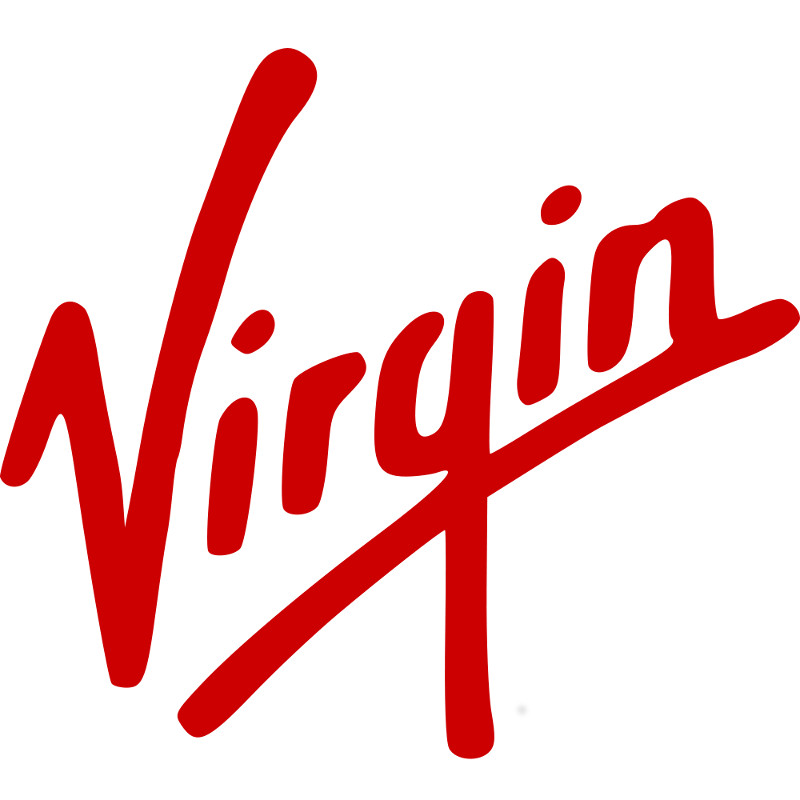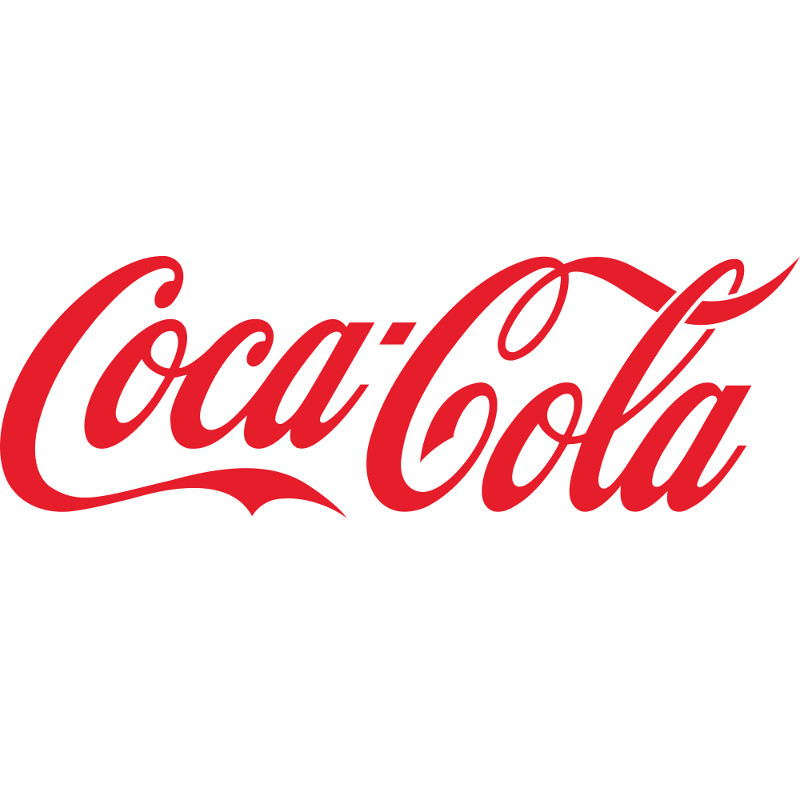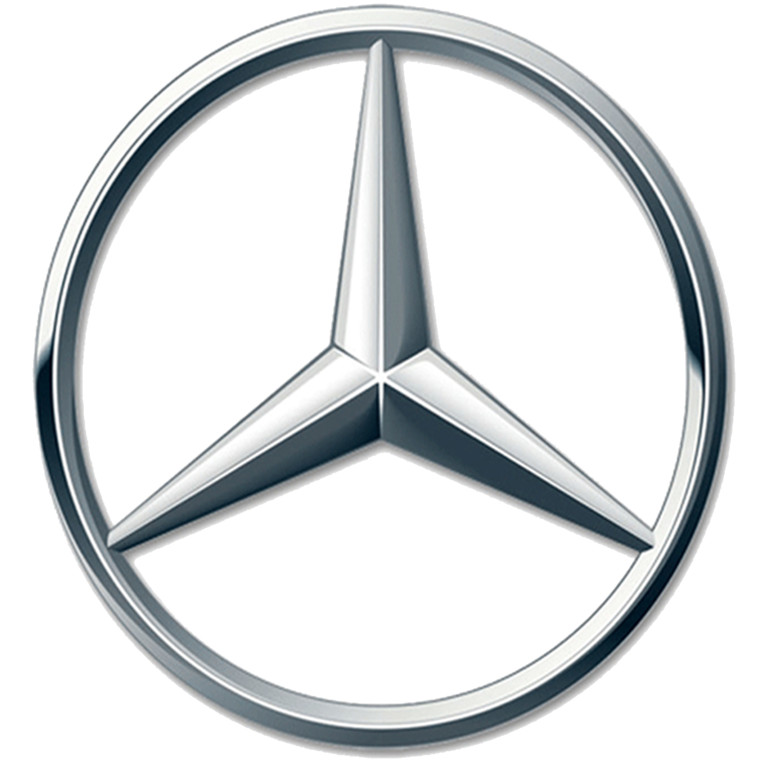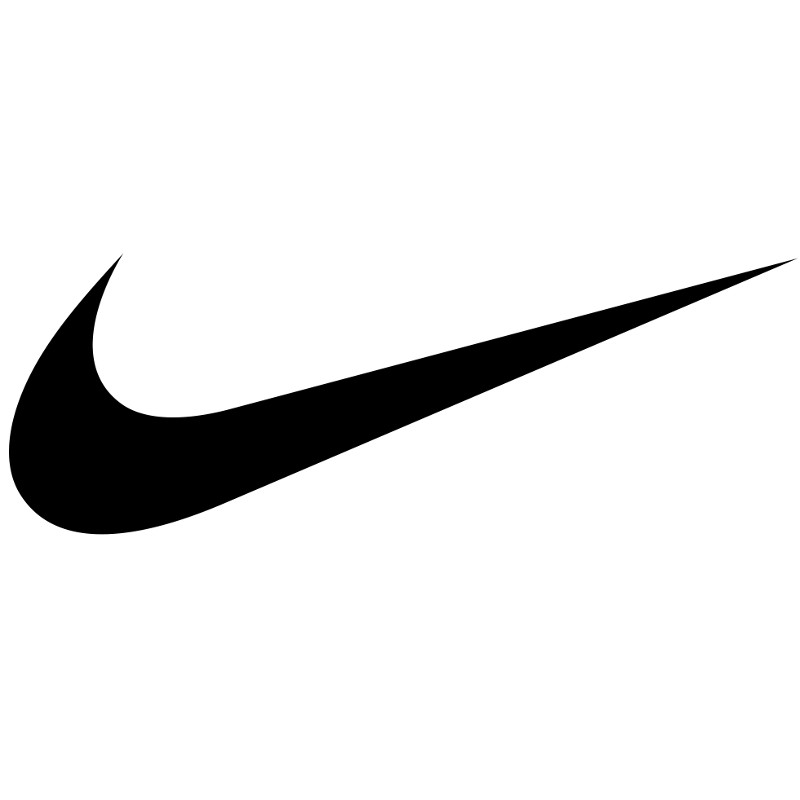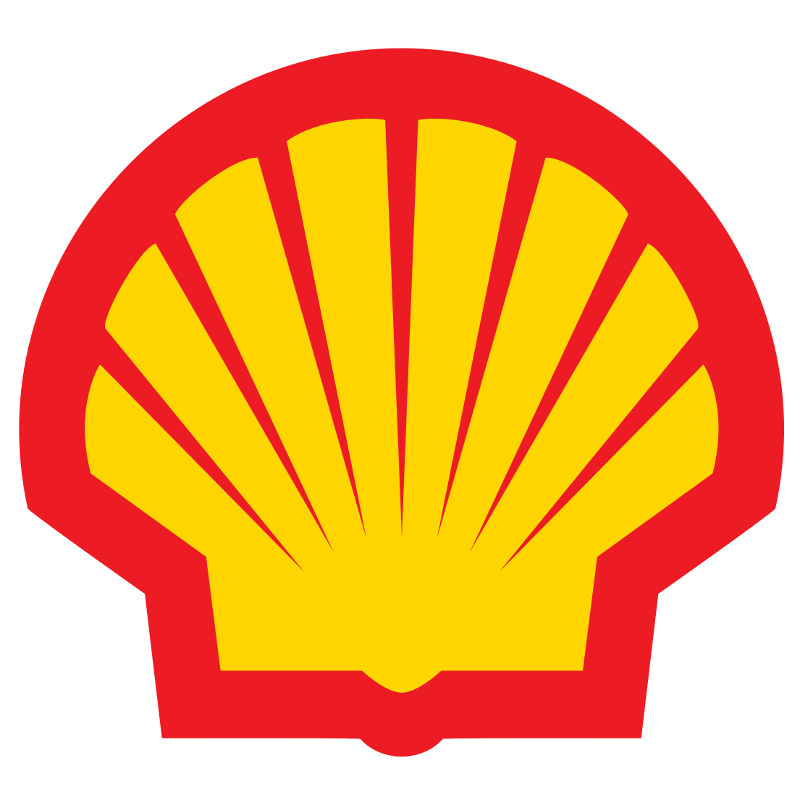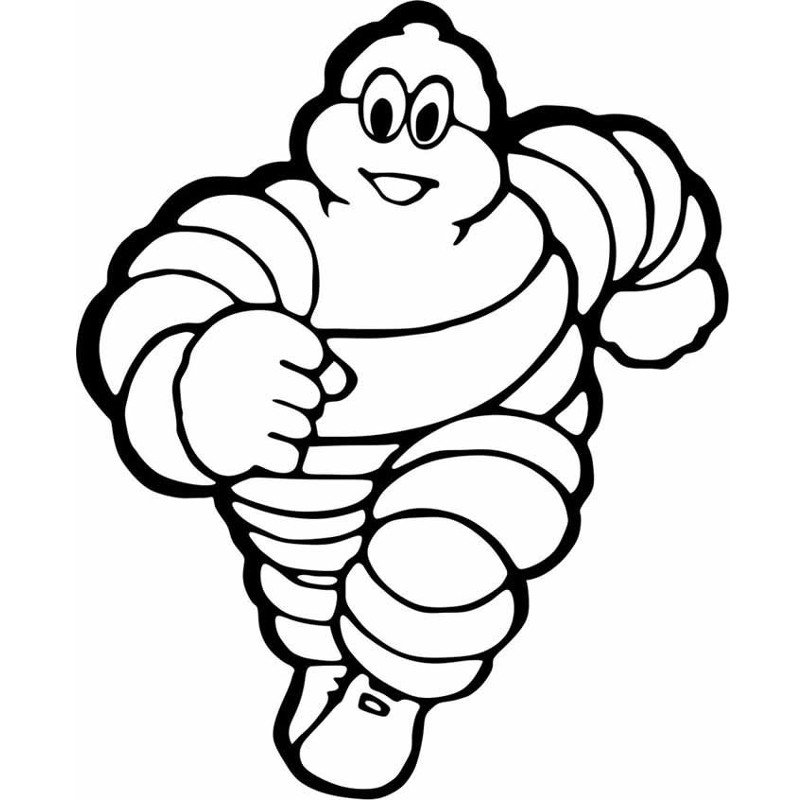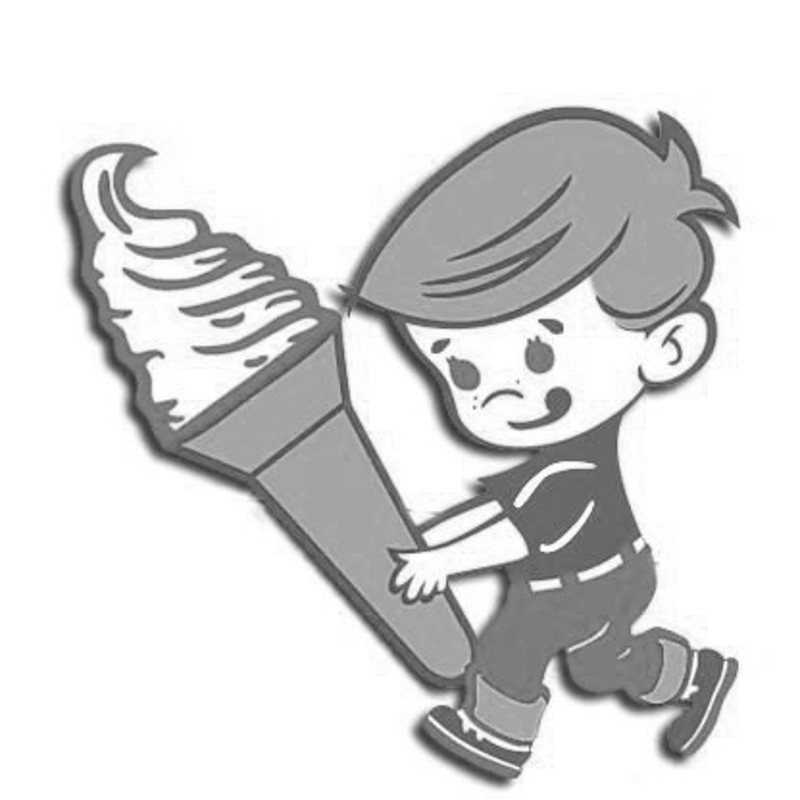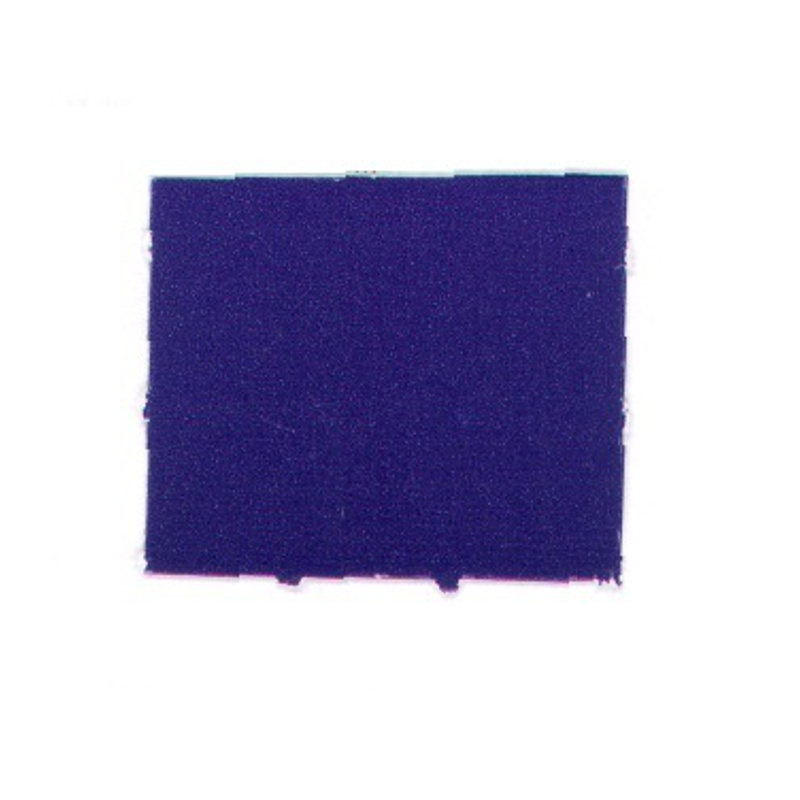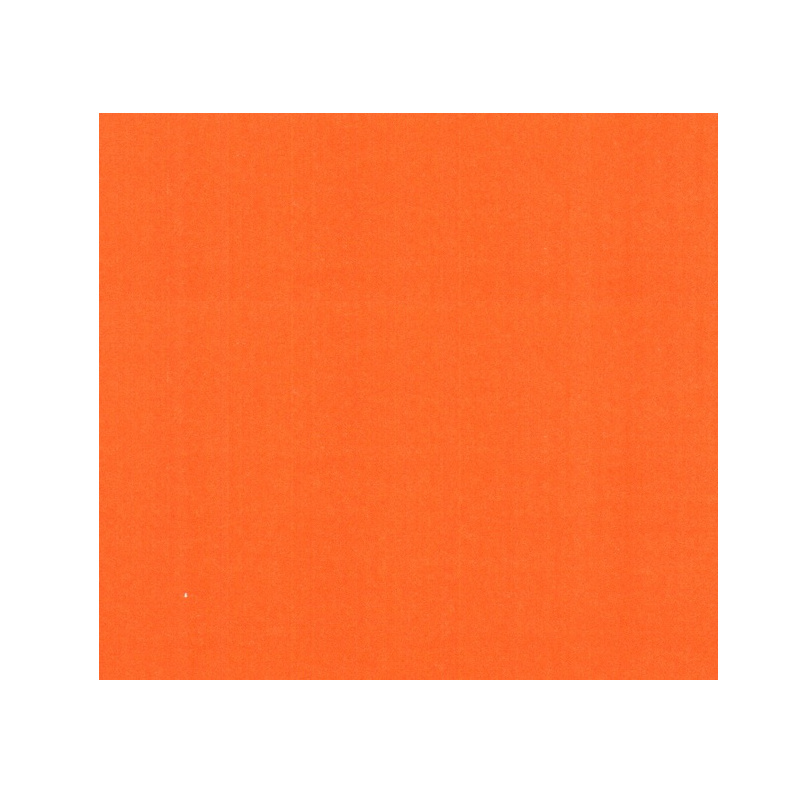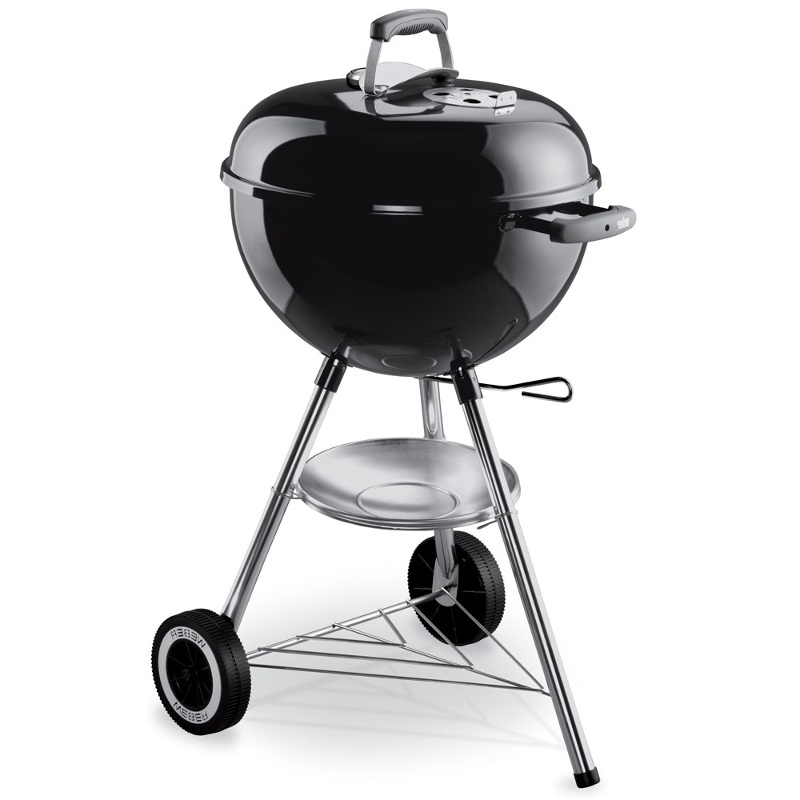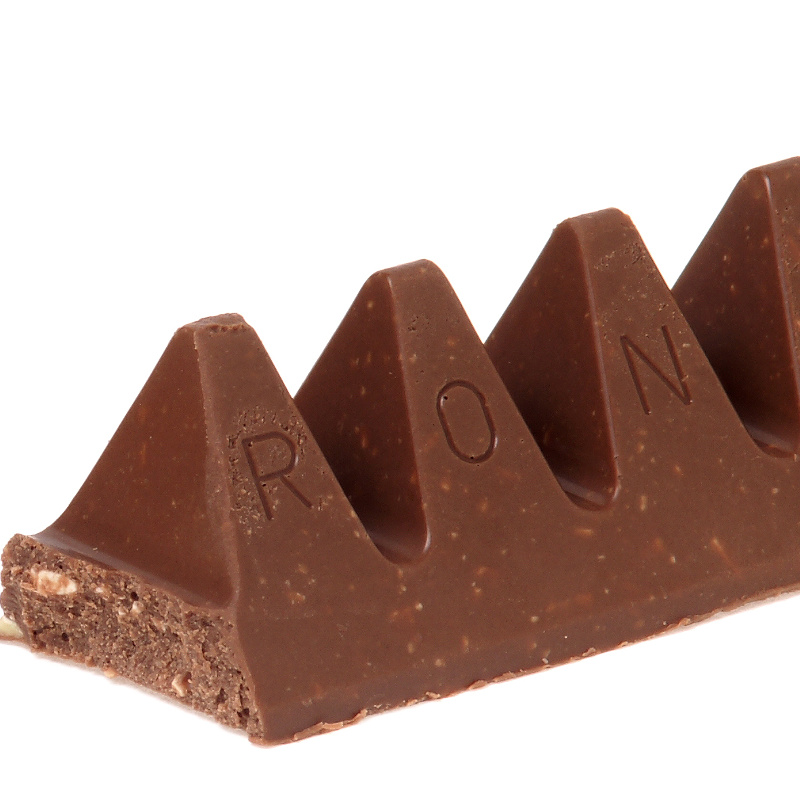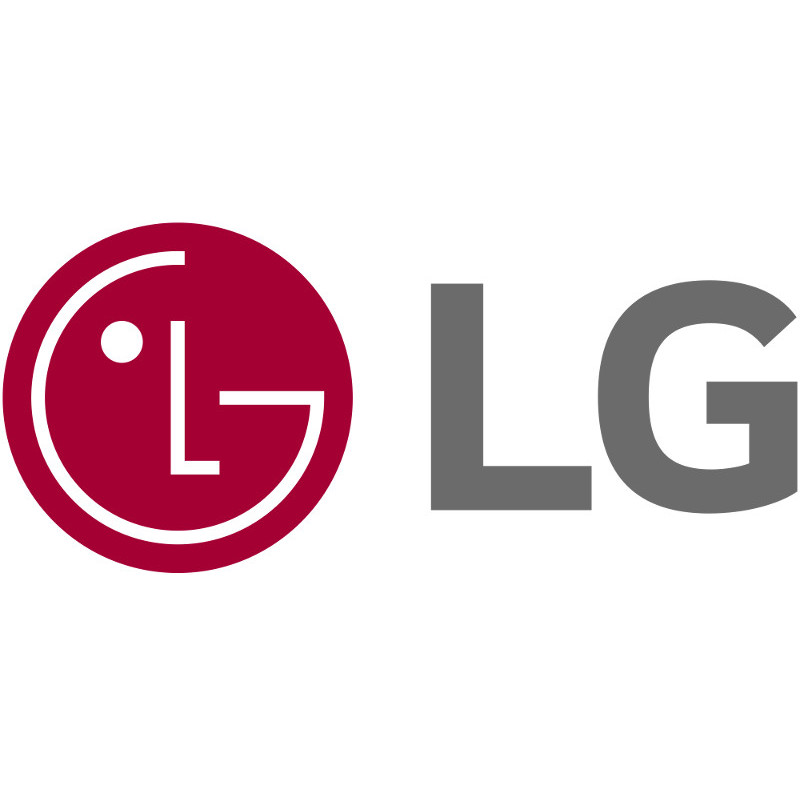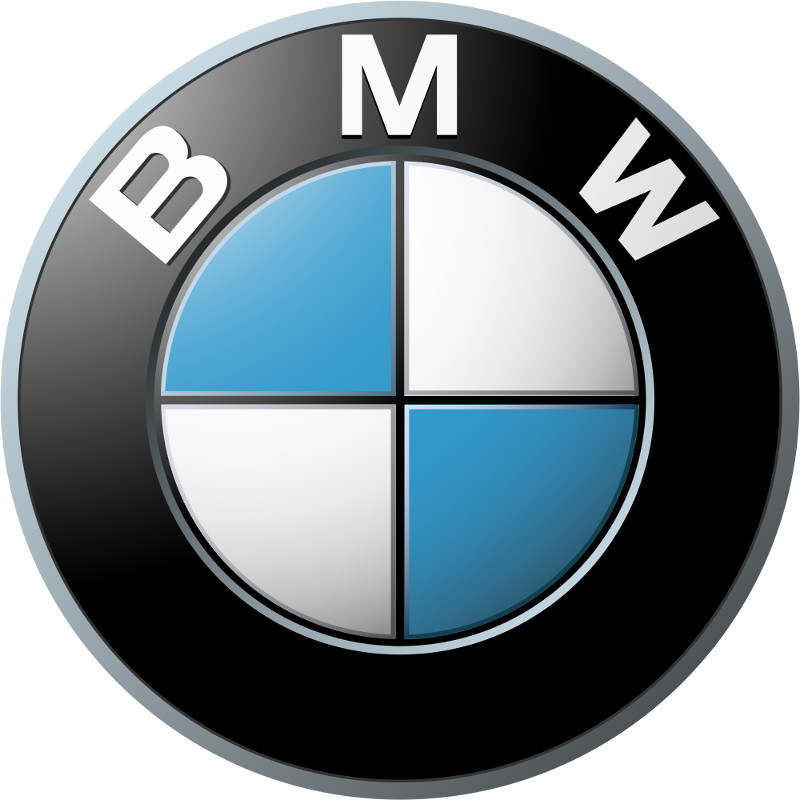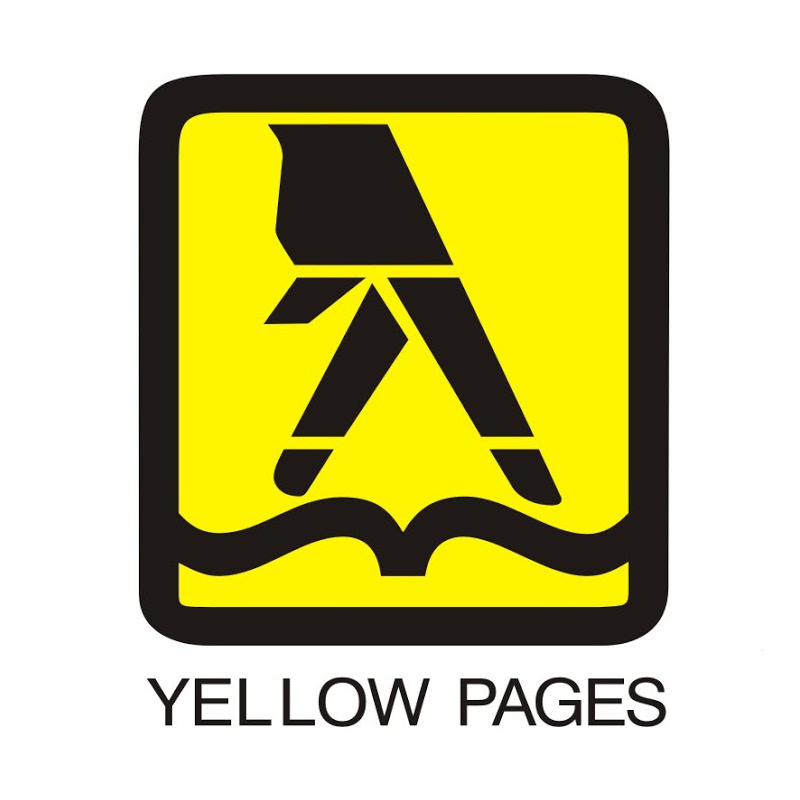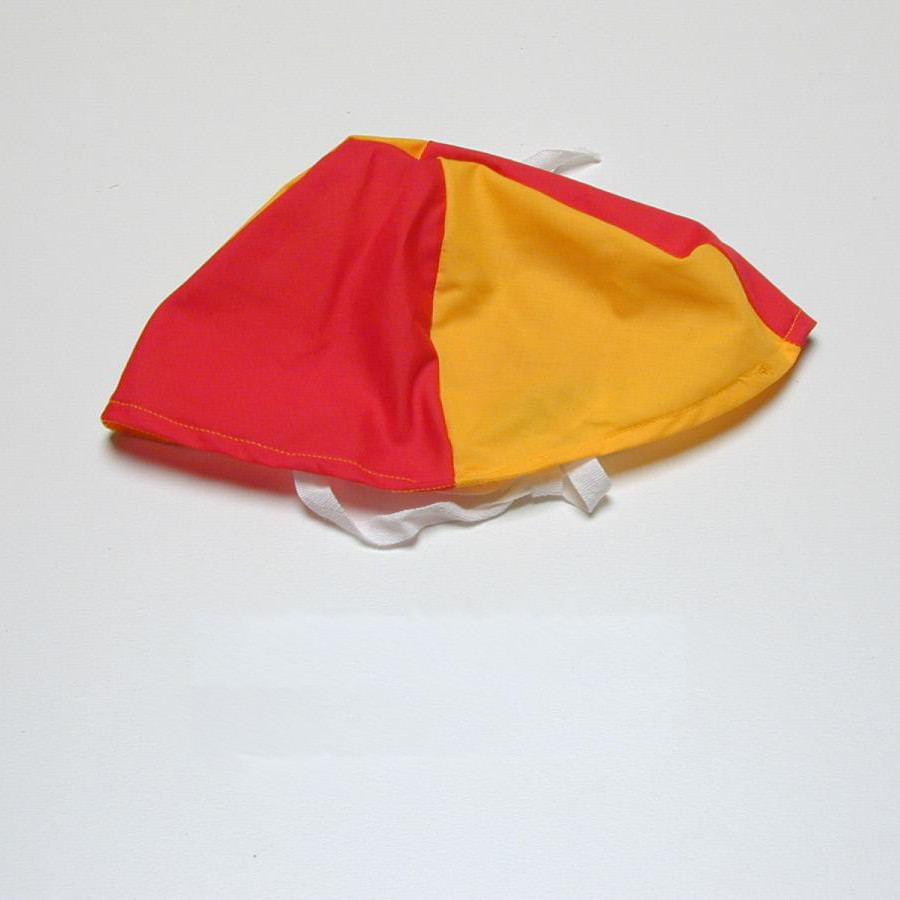What is a Trademark?
Trademarks perform a specific branding function: they distinguish the goods or services of one trader from those provided by its competitors. In this article, we look at the role played by trademarks, and provide some real world examples of different types of trademarks which have been registered in Australia.
What is a trademark and a brand?
Trademarks are part of the broad marketing concept of ‘brand’. A brand is a personality of a product or company which embodies the values and implicit promises made to purchasers. When these values and promises create positive, lasting and meaningful associations in the minds of purchasers, those purchasers will buy the goods and services represented by those brands . If you're buying a pair of jeans, would you prefer Levi's or Versace? If you're buying a car, would you prefer a Hyundai, an Audi, a Porsche or a Bentley? Why?
Trademarks perform a specific branding function: they distinguish the goods or services of one trader from those provided by its competitors. Branding only works if people can distinguish products from one another, and that’s the function of trademarks.
Trademarks can be registered or unregistered
Trademark rights arise either through registration or through use in certain circumstances (giving rise to ‘unregistered’ or ‘common law’ trademark rights). Although there are very good reasons to register your trademark, even unregistered trademarks enjoy some protection at common law and under legislation such as the Trade Practices Act 1974.
Different types of trademarks
More often than not, when people think of trademarks they think of names and logos. However, trademarks can be registered in relation to any ‘sign’. The term ‘sign’ is defined in the Trademarks Act 1995 as including:
‘… any letter, word, name, signature, numeral, device, brand, heading, label, ticket, aspect of packaging, shape, colour, sound or scent’
It can be seen then that trademarks can embody almost any element that a marketer would describe as being part of a brand.
The easiest way to answer the question ‘what is a trademark?’ is to use examples. Here are some examples of registered trademarks that form part of iconic brand identities:
1. Basic ‘word’ or ‘name’ trademarks
A trademark was traditionally used as a ‘badge of origin’: a mark or sign that would tell purchasers exactly who had made the particular product they were about to buy. Today, the largest companies in the world value the goodwill that’s embodied in their names in the hundreds of millions of dollars. Examples of ‘name’ or ‘word’ trademarks include:
- ‘Apple’ (Reg. No. 490139)
- ‘McDonalds’ (Reg. No. 326540)
- ‘Qantas’ (Reg. No. 289938)
- ‘Dolce & Gabbana’ (Reg. No. 548313)
However, trademarks aren’t limited to the names of companies that produce products and provide services. Often, individual products or services offered by traders have their own names registered as trademarks. To use examples from the companies above:
- ‘iPod’ (Reg. No. 890681) and ‘iPhone’ (Reg. No. 1186456)
- ‘Big Mac’ (Reg. No. 271330) and ‘Deli Choices’ (Reg. No. 1018273)
- ‘Qantas Cityflyer’ (Reg. No. 878922)
2. Phrase or slogan trademarks
Marketing phrases and slogans can be as readily identifiable as the names of many businesses, and therefore can be used as trademarks in their own right:
- ‘Which Bank?’ (Reg. No. 737715)
- ‘Pay less, pay cash’ (Reg. No. 1084055)
- ‘My Store’ (Reg. No. 1105785)
- ‘Glass and a Half’ (Reg. No. 1279754)
3. Stylised 'word’ or 'name’ trademarks
These types of trade marks involve displaying a basic name trade mark consistently in a particular font or with a particular look:
4. Device or symbol trademarks
In times when a large portion of the population was illiterate, traders often used symbols to mark their goods and services. Today, symbols (or more correctly ‘devices’) retain their power to signify brands:
By now, you should be getting a good idea of what a trademark is. The above examples are the more common types of trademarks, and the ones below are more ‘exotic’.
5. Characters
This category is really just a specific type of ‘device’ or ‘symbol’ trademark. Nevertheless, the use of characters has long been a successful marketing strategy, and today, many of the world’s leading companies use characters to sell everything, from car tyres, to bed spreads, to food:
6. Colour trademarks
Trademarks for colours are quite rare, and although they were technically registrable under the old Trade Marks Act (passed in 1955), IP Australia’s database only shows around 200 registered colour trademarks nearly 55 years later. Most of these colour trademarks involve a combination of more than one colour, or colours combined with other elements (see below), but here are a few notable examples:
Just in case you’re wondering:
- the colour pink has been registered by the National Breast Cancer Foundation in relation to ‘fundraising services’;
- the colour purple (technically PMS 2685C in the Pantone Colour Formula Guide) has famously been registered by Cadbury in relation to ‘block chocolate’ and ‘boxed chocolate’;
- the colour orange (Pantone 151) has been registered by Orange Brand Services Ltd, a UK subsidiary of Orange S.A. (formerly France Telecom SA) in relation to various telecommunications services.
7. Shapes and ‘aspects of packaging’
Trademarks for shapes and packaging are becoming more common, especially when combined with other types of elements such as colour or a logo etc.
8. Scent and sound trademarks
These are the rarest of a rare bunch. Only one trademark for a scent or smell was registered in the first 14 years of the Trade Marks Act 1995: a eucalyptus scent used in relation to golf tees (Reg. No. 1241420).
‘Sound’ trademarks are a little more common, and some of the most notable examples include:
- The ‘ping’ in ‘Ah McCain [PING] You’ve done it again’ (Reg. No. 759707);
- The sound of the ‘Dolmio’ jingle (Reg. No. 796747);
- The 'Mr Whippy’ van sound (Reg. No. 876931);
- The 'Happy Little Vegemites’ tune (Reg. No. 941361);
- The ‘Yahoo!’ yodel (Reg. No. 827728).
9. Combination/composite trademarks
These involve combining two different elements to come up with a new sign. The most common of these are ‘logo’ trademarks, which frequently combine a word or name with a device or symbol:
However, any of the above trademark types can be combined. For example:
- Tiffany’s has registered a stylised name (Word) with its distinctive blue box (shape);
- the ‘Yellow Pages’ trademark has been registered as a combination of a device (the two fingers walking), a colour (yellow) and a name (‘Yellow Pages’);
- Surf Life Saving Australia has registered the iconic caps worn by its life savers (shape and colour).
Consider registering your trademark
Epiphany Law is a firm of intellectual property lawyers who offer a variety of IP registration services, including services for difficult or unusual trademarks. There are many advantages to registering trademarks. Why not contact us today?


